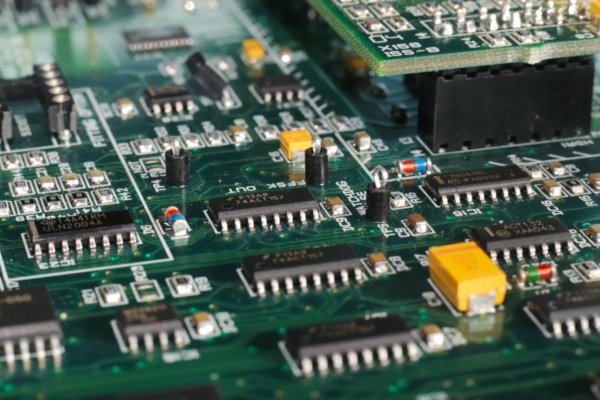What is Capillary Action
Capillary action is the phenomenon where a liquid, such as solder paste or flux, moves within the narrow spaces of a porous material, like a PCB substrate or solder mask, against the force of gravity. This movement is driven by the combined effects of adhesion, cohesion, and surface tension.
Adhesion refers to the attraction and sticking of the liquid molecules to the walls of the porous material, while cohesion refers to the tendency of the liquid molecules to stay close together. The surface tension of the liquid, which is the result of cohesive forces, also plays a role in capillary action.
In the PCB industry, capillary action is particularly important during the soldering process. When solder paste or flux is applied to the PCB, it can be drawn into the narrow gaps and spaces between components, such as SMDs and through-hole vias, through capillary action. This ensures proper wetting and bonding of the solder to the component leads and PCB pads.
The height to which capillary action can draw the liquid is limited by surface tension and gravity. In the case of PCBs, the capillary action is typically limited to the thickness of the solder mask or the gap between components. The surface tension of the liquid and the gravitational force act as opposing forces, determining the maximum height the liquid can rise.
Capillary action is also utilized in other aspects of PCB manufacturing, such as underfilling. Underfilling is a process where a liquid material is applied to fill the gap between a component and the PCB to enhance mechanical strength and reliability. Capillary action helps in the uniform distribution of the underfill material within the gap, ensuring complete coverage and minimizing voids.
Understanding capillary action allows engineers and technicians to optimize the soldering and underfilling processes. By controlling the viscosity, surface tension, and wetting properties of the solder paste, flux, or underfill material, they can ensure proper flow and distribution during capillary action. This, in turn, leads to improved solder joint quality, reduced voiding, and enhanced overall reliability of the PCB assembly.
Frequently Asked Questions
What Causes Capillary Action in Soldering
Capillary action in soldering is a phenomenon that occurs due to the principle of surface tension. It enables the molten substances, such as alloys and metals, to be deposited between two metal surfaces.
What Is Capillary Action in Soldering and Brazing
The principle of capillary action in soldering and brazing remains consistent regardless of the diameter. Essentially, when two metal surfaces, such as a copper tube and a fitting, are in close proximity, the liquid metal is naturally drawn into the gap through capillary action. In typical copper systems, the gap typically ranges from 0.0005″ to 0.005″.
What Is an Example of a Capillary Action
Examples of capillary action in water include water being drawn up a straw or glass tube, water being absorbed by a paper or cloth towel, water being transported through a plant’s vascular system, and tears flowing through tear ducts.
What Is Another Word for Capillary Action
Capillary action, also known as capillarity, capillary motion, capillary rise, capillary effect, or wicking, refers to the phenomenon of a liquid flowing in a narrow space without the need for external forces such as gravity.
What Are the Three Types of Capillary Action
Firstly, adhesion is one of the three types of capillary action. Secondly, cohesion is another type of capillary action. Cohesion refers to the attraction between molecules of the same substance, such as water molecules.
How Do You Stop Capillary Action
Applying an external seal to the overlapping gaps of steel roofs is an effective method to prevent capillary action. This seal prevents water ingress and stops water from entering the gaps between the steel roof sheets, thereby eliminating the occurrence of capillary action externally.
How Do You Control Capillary Action
Provide an impermeable barrier between the soil and the structure. This is the most commonly used and effective method to control capillary action. Various impermeable materials like plastic, bitumen, glazed bricks, or geo-textile fabrics can be used between the building materials (such as the foundation or wall) and the soil to prevent capillary rise.
What Factor Affects Capillary Action
Several variables, including permeability, grain size, temperature, fluid properties, and saturation conditions, play a crucial role in influencing the observed dynamic capillary effect.
What Uses Capillary Action to Join Two Metals
Brazing utilizes capillary action to connect various metal surfaces by employing a process known as wetting. This involves bonding the base metals with a melted filler material.





